
Ayurvedic Holiday Gift Guide
The holidays can be a wonderful opportunity to show your love and thoughtfulness. Homemade gifts, party favors, and stocking stuffers are a festive way to get crafty, have a little fun in the kitchen, and apply your passion for herbalism and wellness. Making (or purchasing) ayurvedic-inspired gifts is a great way to offer something that is unique, custom-designed, and supports the wellness of the recipient. In this ayurvedic holiday gift guide, I offer ideas and inspiration for giving this season.
First of all, in order to give Ayurveda-inspired gifts, you don’t need to be an ayurvedic expert or even have a firm grasp of the receiver’s dosha (constitution). There are many ayurvedic gifts that are versatile enough to work for (and be enjoyed by) people of all constitutional types. Also, you can keep it super simple or you can get more complex and extravagant. Plus, if DIY isn’t your thing, there are many lovely ayurvedic product suppliers from which you can order gifts.
VPK Spice Shakers
Vata, pitta, and kapha spice shakers are a great place to start when making ayurvedic holiday gifts. They are simple and relatively inexpensive to make. Plus, the mess is minimal. The idea is to formulate spice mixes based upon the constitution of the gift recipient. Or, if you have no idea what their constitution is, you can choose an appropriate spice blend for the season.
Autumn and early winter is the vata time of year and late winter and spring are the kapha time of year. So, if you are not sure which spice mix to make, the vata and/or kapha blends are a good place to start.
These recipe suggestions are loose. Feel free to alter these blends based upon what you have available, the preferences of the recipient, and the spices that you enjoy.
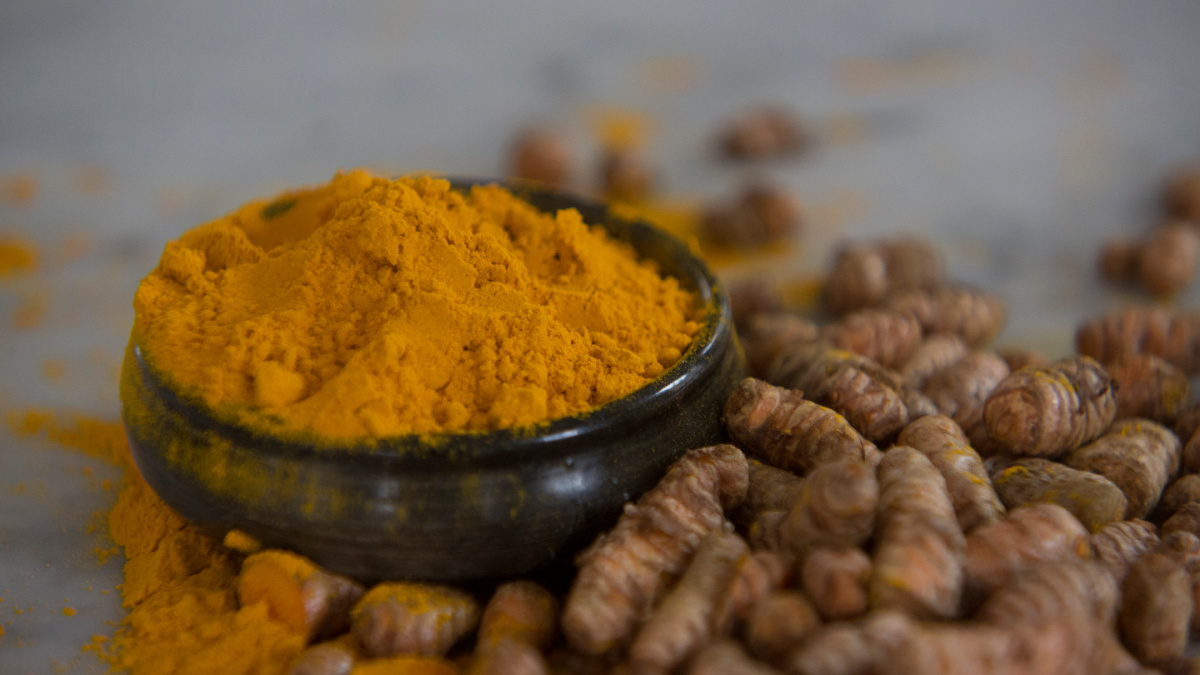
Vata Spice Blend
Adapted from Kate O’Donnell’s Fall Spice Mix
1 part coriander (Coriandrum sativum) seeds, ground
1 part cumin (Cuminum cyminum) seeds, ground
1 part turmeric (Curcuma longa) rhizome, ground
2 parts ginger (Zingiber officinale) rhizome, ground
2 parts fennel (Foeniculum vulgare) seed, ground
Directions:
Depending on how much spice mix you want to make, a “part” can be a teaspoon or tablespoon. Combine all ingredients evenly and store in a glass jar or spice shaker. Optional: add a pinch or two of black pepper (Piper nigrum) and salt to the mix.
Pitta Spice Blend
Adapted from Kate O’Donnell’s Summer Spice Mix
1 part coriander (Coriandrum sativum) seeds, ground
1 part cumin (Cuminum cyminum) seeds, ground
1 part turmeric (Curcuma longa) rhizome, ground
1 part fennel (Foeniculum vulgare) seed, ground
a few pinches of cardamom (Elettaria cardamomum) seed, ground
Directions:
Depending on how much spice mix you want to make, a “part” can be a teaspoon or tablespoon. Combine all ingredients evenly and store in a glass jar or spice shaker.
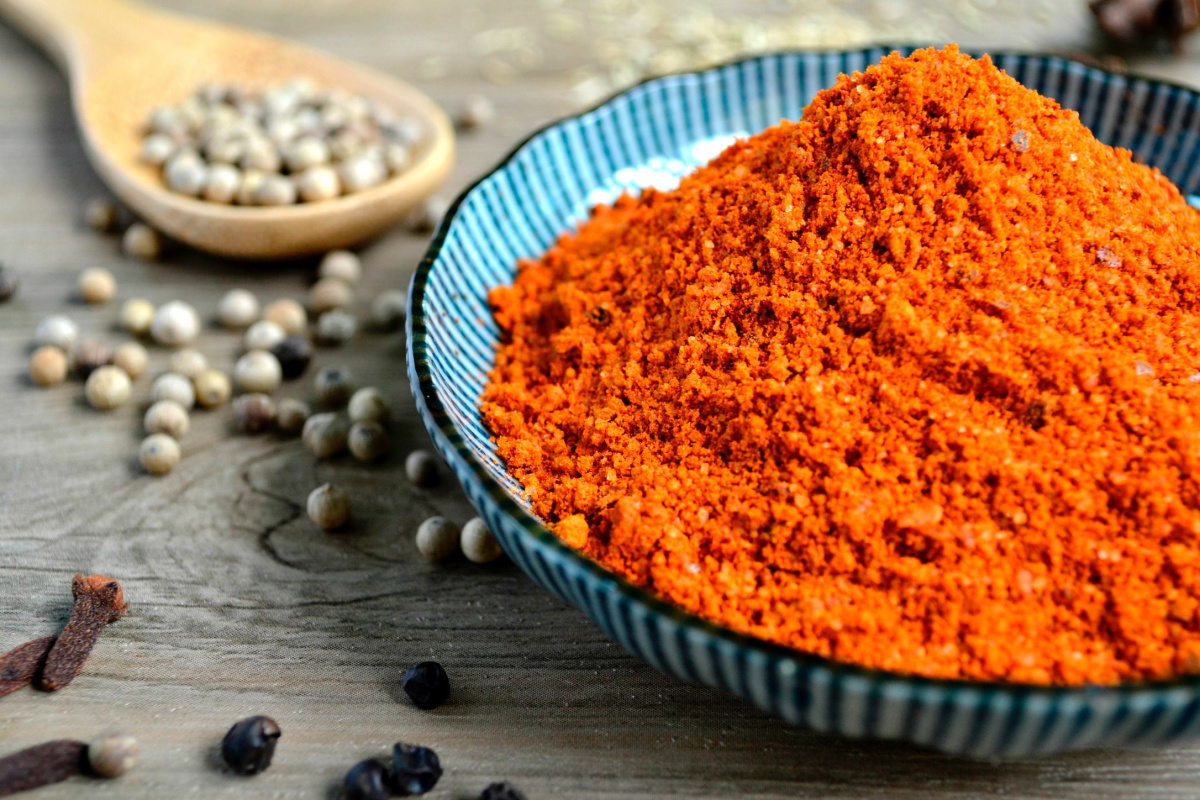
Kapha Spice Blend
Adapted from Kate O’Donnell’s Spring Spice Mix
1 part coriander (Coriandrum sativum) seeds, ground
1 part cumin (Cuminum cyminum) seeds, ground
1 part turmeric (Curcuma longa) rhizome, ground
1 part ginger (Zingiber officinale) rhizome, ground
1 part fenugreek (Trigonella foenum-graecum) seeds, ground
1 part black pepper (Piper nigrum) fruit
a few pinches of clove (Syzygium aromaticum) bud
a few pinches of cayenne pepper (Capsicum annuum) fruit
Directions:
Depending on how much spice mix you want to make, a “part” can be a teaspoon or tablespoon. Combine all ingredients evenly and store in a glass jar or spice shaker.
These VPK spice blends can be widely used in cooking—soups, stews, curries, casseroles, and stir-fries. You could even write up a recipe to go with each spice blend as a way to offer some culinary inspiration to the recipient!
Comfort Food: Kitchari Kit
Depending on where you grew up, kitchari may not be the first dish that comes to mind when you think of comfort food. However, in Ayurveda, this simple one-pot meal is highly revered as a food that brings ease, comfort, and wellness to the body from the inside out. Kitchari is the food classically eaten in ayurvedic cleanses. Its essential ingredients are white basmati rice, yellow split mung dal, ghee, and spices based on the season and one’s constitution. Vegetables may be cooked in as well. For a good recipe, I suggest this kitchari recipe from the Ayurvedic Institute. Also, Usha and Vasant Lad’s book Ayurvedic Cooking for Self-Healing offers kitchari recipes for vata, pitta, and kapha, as well as a tridoshic recipe.
This tasty, simple porridge is easy to digest, and most people like the taste. Its ease in digestibility is what makes it the ideal food for cleanses—or perhaps a post-holiday reset. However, you don’t have to wait for a cleanse to enjoy this nourishing ayurvedic gem. Feel free to enjoy kitchari for any meal and in any season.
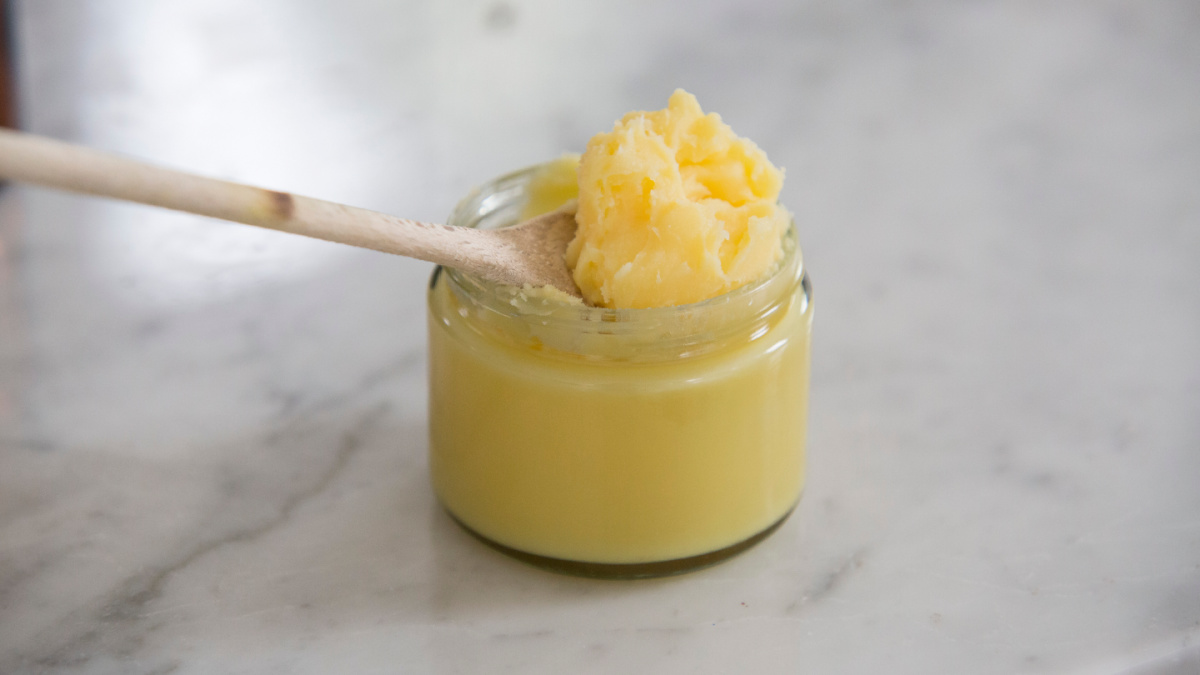
What Goes Into A Kitchari Kit
Below are the essential ingredients to include in a kitchari kit. You can assemble these ingredients yourself, and perhaps package in an attractive holiday gift basket. Or, you can purchase a kitchari kit already assembled from online ayurvedic product suppliers, such as Banyan Botanicals.
Kitchari Kit Essential Ingredients
1/2 pound organic split yellow mung dal
1/2 pound organic white or brown basmati rice
1 jar organic ghee (or substitute coconut oil or avocado oil)
1 spice shaker of kitchari spice blend or vata, pitta, or kapha spice blend (see recipes above)

What’s in a Kitchari Spice Blend?
Upon reviewing the kitchari kit ingredients above, you may wonder, “what’s a kitchari spice blend?” There is no single answer. You can design a kitchari spice blend to balance vata, pitta, or kapha dosha. However, here is a basic blend that will work for most constitutions.
1 part black mustard (Brassica nigra) seeds
1 part coriander (Coriandrum sativum) seeds, ground
1 part cumin (Cuminum cyminum) seeds, ground
1 part turmeric (Curcuma longa) rhizome, ground
1 part ginger (Zingiber officinale) rhizome, ground
optional: a few pinches of hing/asafoetida, black pepper, and cayenne*
*These are all heating spices, so best to omit for pitta types.
A kitchari kit is a thoughtful way to provide a loved one with some cooking inspiration and the tools to prepare a simple, nourishing, easy-on-the-gut meal. If you are hand-delivering this gift, you may want to add a bunch of fresh cilantro or some fresh ginger root, both of which add flavor and freshness to any kitchari recipe.
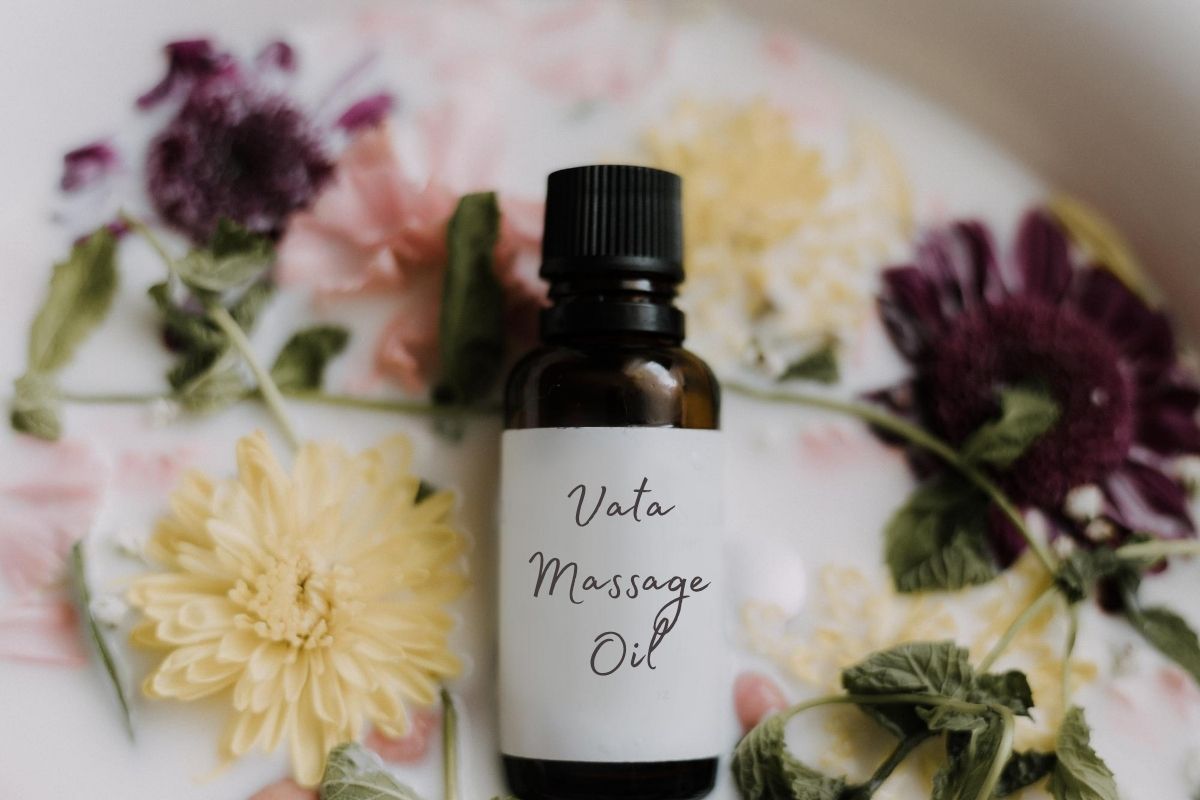
Skin Food
If you are looking for a gift that encourages a little pampering, consider an herbal massage oil. In my Herbal Academy post, Homemade Massage Oil for Each Season, I offer massage oil recipes for vata, pitta, and kapha, and describe which blends are best suited for which season.
Keep in mind that crafting an herbal massage oil can be a little messy and can take a bit of time and patience. So, if time is of the essence, you can always purchase vata, pitta, kapha or tridoshic massage oil blends.
Self-Care Kit
If you want to go all out on supporting a little self-care for your loved one, consider expanding on the gift of an ayurvedic massage oil with a whole ayurvedic self-care kit! This could be an especially suitable gift for a beloved caregiver in your life. Here are some ideas for what to include in an ayurvedic self-care kit:
- massage oil
- tongue scraper
- neti pot
- herbal tea blend (see this post for ideas on tea blends)
- herbal or botanical soap
- candles
- bath salts or a bath bomb (check out this Evergreen Forest Bath Salts recipe!)
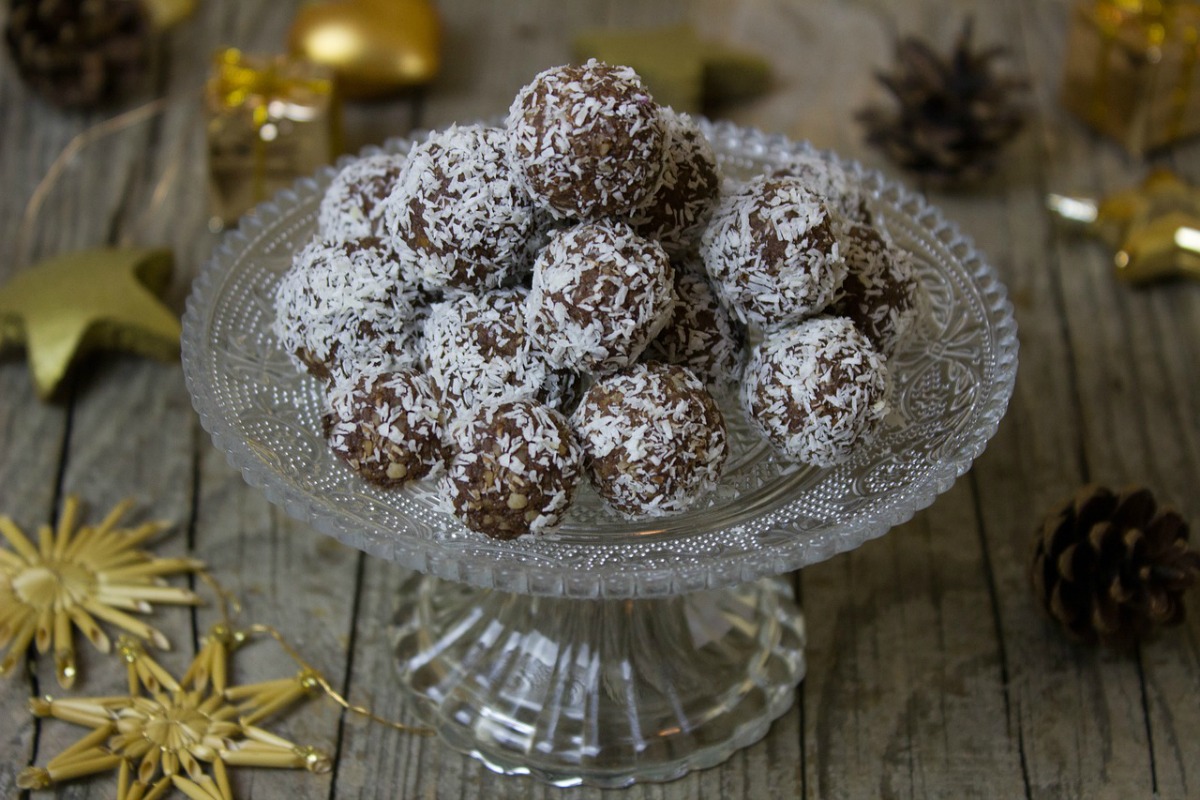
Ayurvedic Treats and Sweets
No holiday gift guide would be complete without treats and sweets. So, if your loved one has a sweet tooth, here are a couple of ideas for some yummy treats that err on the wholesome side.
The Sunbutter Truffle recipe described in my Herbal Academy post, Simplify Life During Hectic Seasons comes from Kate O’Donnell’s lovely ayurvedic cookbook, The Everyday Ayurveda Cookbook. (Speaking of, an ayurvedic cookbook is another great gift idea!) I have made this recipe several times and it is both simple and reliably delicious.
For another homemade truffle recipe, I adore these Two Ingredient Dark Chocolate Truffles by Minimalist Baker. They are vegan and super-rich without being overly sweet. I like to add a dash of pumpkin pie spice or cinnamon to mine and have experimented with melting in a swirl of nut butter while the ingredients are still hot. Whether you stick to the recipe or try out my variations, these truffles are likely to delight any chocolate-lover in your life. You can give them as a gift or serve them at a holiday gathering.
In Closing,
In this ayurvedic holiday gift guide, I have provided ideas that range from simple to more complex, wellness-focused to deliciously indulgent. Whether you are planning a gift basket, a special dessert, or a simple gift that is both thoughtful and inexpensive, giving Ayurveda-inspired gifts offers the opportunity to create a gift while keeping in mind the unique nature of your loved one. The person on the receiving end will be sure to appreciate the thought and care behind your chosen gift.
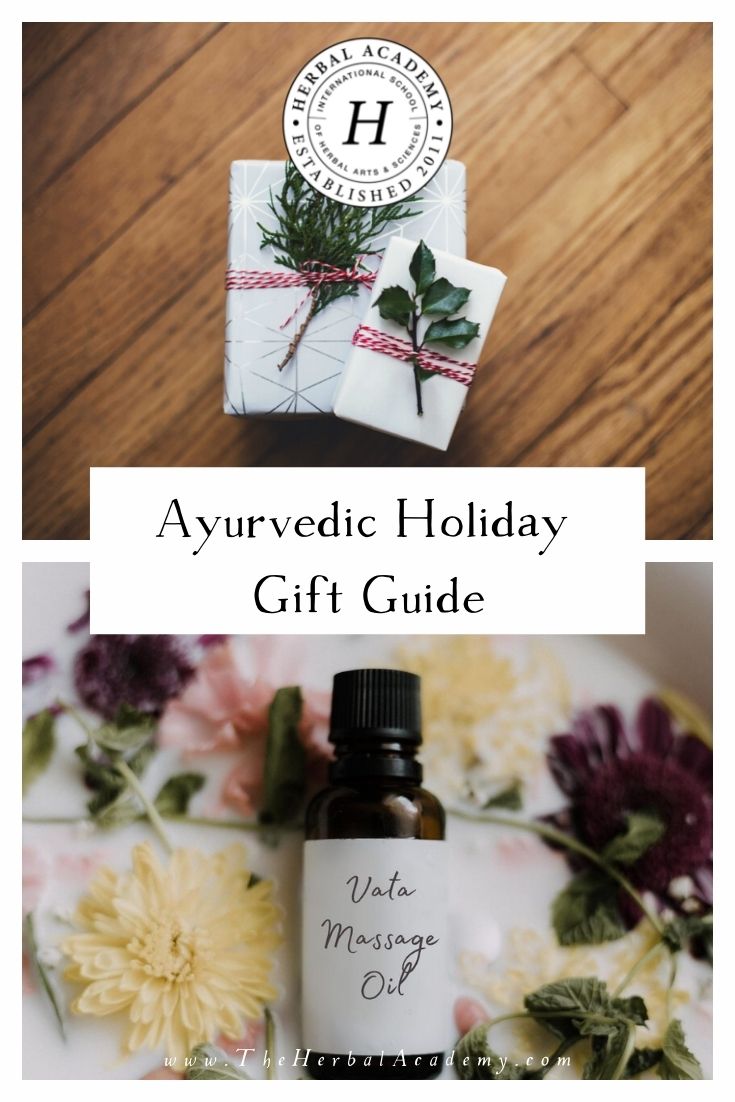
REFERENCES
O’Donnell, K. (2015). The everyday Ayurveda cookbook. Boulder, CO: Shambhala.








